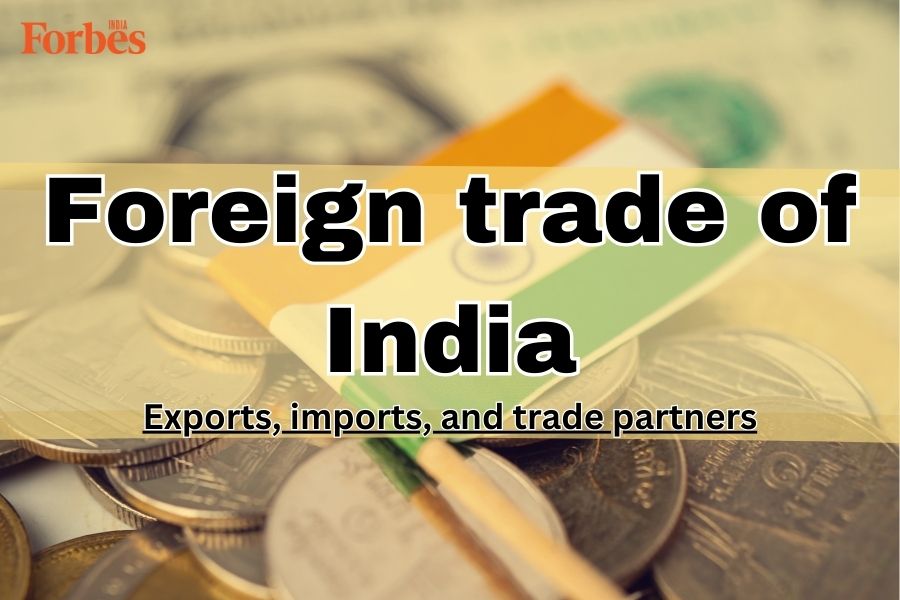Foreign trade of India 2024: Exports, imports, and trade partners
Explore India's foreign trade, its economic impact, growth trends, major partners and milestones

India's economic history has been inseparably linked to foreign trade, featuring a rich tapestry of trade routes, colonial influences, and economic reforms that have shaped the nation's story over the centuries. From ancient times along the Silk Road to the contemporary era, trade has played a dramatic role in India's economic evolution, a trend that continues today. Take 2018–when nearly half of India's GDP came from foreign trade, accounting for 48.8 percent.
Over the years, India has significantly expanded its trade relations, exporting approximately 7,500 commodities to about 190 countries and importing around 6,000 commodities from 140 countries. According to the Ministry of Commerce and Industry, total merchandise and services exports in FY 2024-25 began with a strong growth of 6.88 percent, estimated at $64.56 billion in April 2024 compared to $60.40 billion in April 2023.
The Government of India has implemented several measures to improve exports and trade performance, like rolling out the New Foreign Trade Policy 2023-28. It has also launched initiatives like the Common Digital Platform for issuing certificates of origin and the Districts as Export Hubs program, which aims to pinpoint products with export potential in each district. These efforts, along with Pradhan Mantri Gati Shakti programs and Make in India, support India's global trade standing and fuel economic growth by increasing exports overall.
India’s Foreign Trade In Q1 FY25
Here is the data for India's foreign trade in the first quarter of FY25 (April-July 2024) sourced from the Ministry of Commerce and Industry.
| April-July 2024 (USD billion) | April-July 2023 (USD billion) | ||
|---|---|---|---|
| Merchandise | Exports | 144.12 | 138.39 |
| Imports | 229.70 | 213.53 | |
| Services* | Exports | 117.35 | 106.79 |
| Imports | 62.95 | 59.19 | |
| Total Trade (Merchandise + Services) Exports | Exports | 261.47 | 245.18 |
| Imports | 292.64 | 272.72 | |
| Trade Balance | -31.17 | -27.55 |
* Note: The services sector data includes the latest release from RBI in June 2024 and estimation for July 2024. It will be revised based on RBI's subsequent release.

















